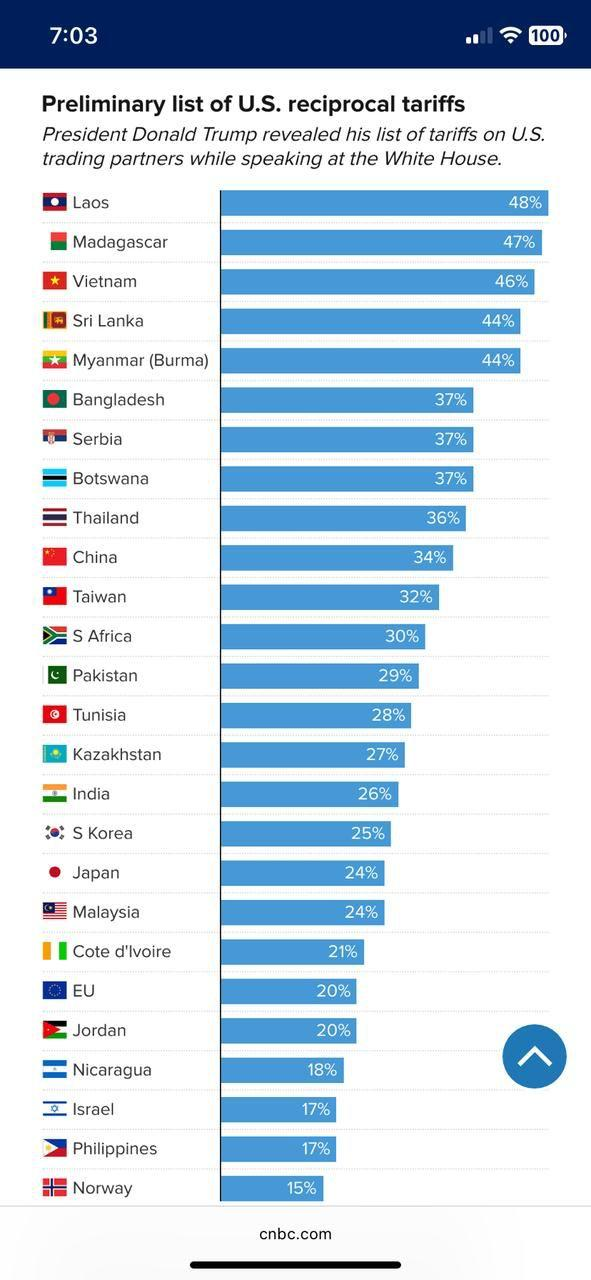The 17% tariff on Philippine exports to the US market might end up to be a blessing in disguise for Filipino exporters as this should make them more competitive than its neighboring countries, which have been slapped with a lot higher tariff by the Trump administration, although the higher tariff could possibly impact on foreign exchange and further dislocate supply chains, according to Sergio Ortiz-Luis Jr., president of the Philippine Exporters Confederation (Philexport).
Ortiz-Luis explained that if “Tariff is lower than competition, it could mean opportunities for us. We could just raise the price of our exports, but not as high as our competitors.”
He noted that other competitor countries, particularly Vietnam and Thailand have been slapped with way high tariffs than the Philippines, a long-time US ally. Among ASEAN countries, the highest reciprocal tariffs imposed by the US went to Laos with a steep 48 percent followed by Vietnam with 46%, Myanmar 44 percent, Thailand 36%, and Malaysia 24 percent. The increases in prices of Philippine exports cannot be as high as that of countries with higher tariff rate.
All countries will just raise prices, including the Philippines, when they export to the US market. “American people will pay for it,” said Ortiz-Luis.
“We can still be competitive,” said Ortiz-Luis confidently. “Our exports growth will, I think, even be better because while we will raise prices, our increases will not be as high as the others.”
What he is not certain though is the impact of the expected strengthening of the US dollar on the local peso, which currently lies in the P57 territory to the greenback. Tariff could cause the dollar to appreciate, or makes it harder to acquire dollars.
In addition, Ortiz-Luis said, the higher tariff could further generate another wave of global supply chain disruption as companies have to strategize. Some may shift to more favorable investment destination like the US. Import dependent countries may have to shift sourcing their material inputs for manufacturing from countries with the least impact on Trump’s tariffs.
Exporters may be able to convert their US dollars to more pesos, but they will be facing higher cost of imports, too.
Data from the Tradeline Philippines showed that the total trade between the Philippines and the US reached $20.3 billion last year. The Philippine exports to the US hit $12.1 billion, while imports from the US reached $8.2 billion. This brought the US trade-in-goods balance — the difference between exports and imports — to a $3.9-billion deficit in 2024.




